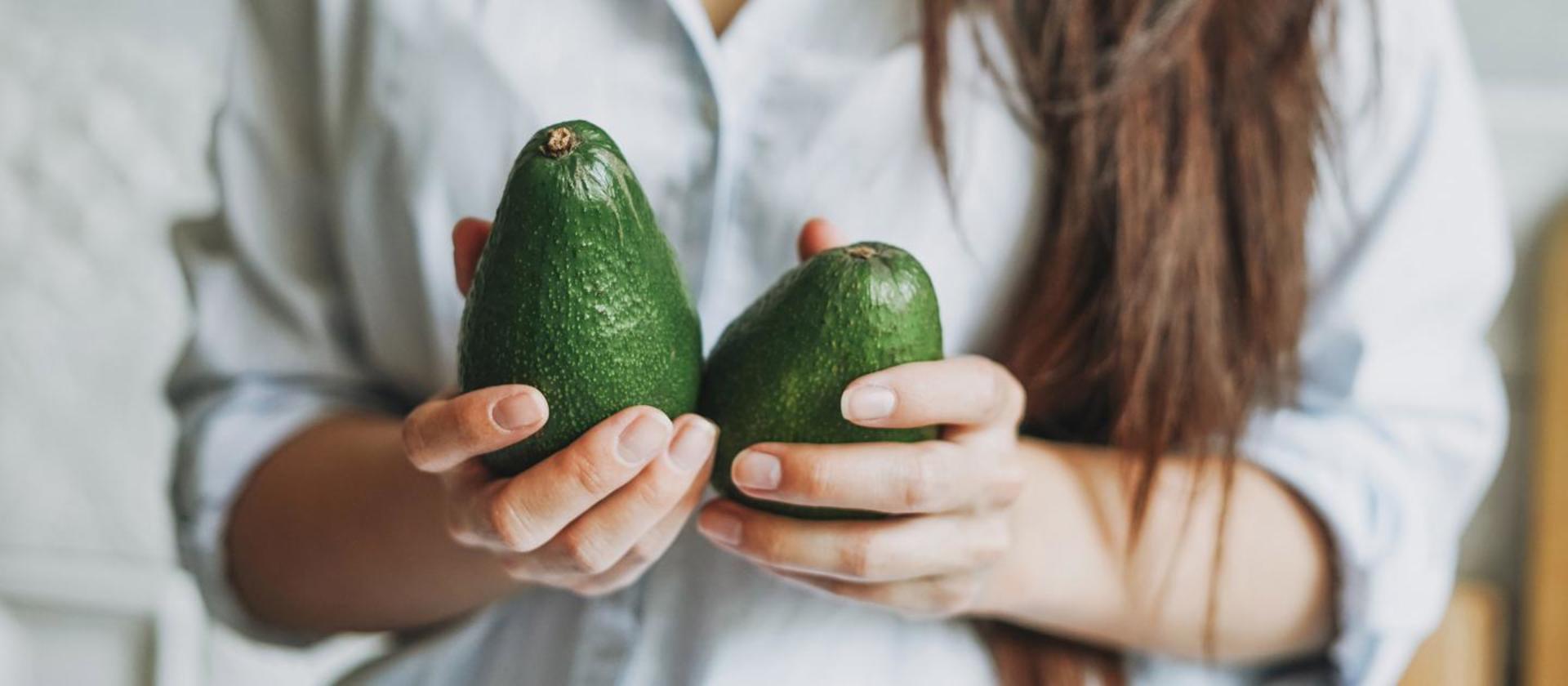
Food waste
What do you know about food waste?
Take part in the food waste quiz and find out how much you already know.
navigation

Foodwaste avocado
Too hard, too soft, already brown: Do you too never seem to catch avocados at the perfect moment? We explain what you can do about it.
Avocados always come with a bit of a guilty conscience. After all, it isn't exactly the most environmentally friendly product.If, to make matters worse, it is also inedible because it’s not quite ripe, the annoyance (and environmental damage) is all the greater. So what can you do? Fortunately you can influence the ripeness of an avocado yourself.
Let’s start at the store, where a few tricks can help you tell if an avocado is ripe. “But please don’t squeeze avocados like dozens of other people have done,” warns anti-food waste chef and Gastrofutura founder Andreas Handke.
There’ a much easier – and gentler – way. “If you shake an avocado and the stone is a little loose, it's perfectly ripe,” Handke explains. It's best to hold the avocado close to your ear when shaking it. If the stone rattles slightly against the flesh, you’ve hit the jackpot.
Another indicator is the stem base. If it comes off easily, this is a sure sign of sufficient ripeness. If the stem base has already been removed, you can observe the colour of the area underneath where it was.
A perfectly ripe avocado is already slightly brownish there. Overripe fruit can be recognised by the dark patches on their skin. These must be stored in the fridge and consumed quickly.
If, despite all your efforts, you discover that you bought an unripe avocado, you can speed up the ripening process. Wrap the avocado in newspaper and place it in a warm, sunny place.
“Another trick is to put your avocado in a paper or jute bag together with an apple or banana,” Handke advises. Apples and bananas emit the ripening gas ethylene. Your avocado should be ready to eat in one to three days.
With simple tips, you too can reduce food waste. Join now and let’s save food together.